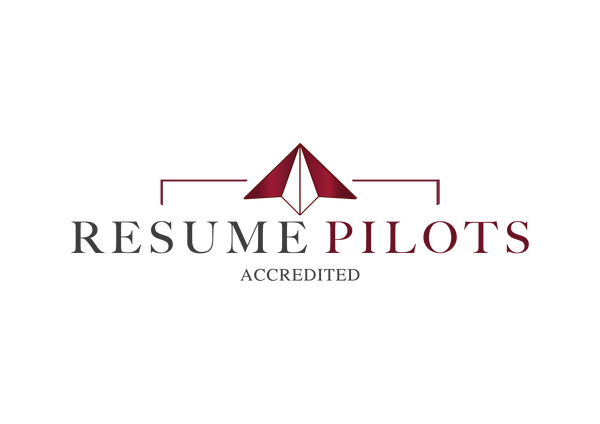
Make Your Resume Line Spacing and Margin Size Perfect
The best ways to format the spacing and margins on a resume (and why)
When you’re competing against hundreds of other applicants, minor details matter.
Your margins and spacing should be perfectly aligned and consistent.
Issues with margins and spacing on your resume are problematic because:
1) They signal carelessness and lack of attention to detail to recruiters
2) They can cause your content to print incorrectly
3) They can make your content harder to read
We’ll explain exactly how to quickly adjust your resume’s margin size and spacing to make them neat and consistent.
How wide should your resume’s margins be?
The ideal resume margin size is anywhere from 0.5 inches to 1 inch.
We recommend 0.5-inch margins all around your document for most experienced professionals.
By decreasing Microsoft Word’s default margin size, you’ll be able to fit more information onto the page.
You’ll also be able to add more spacing between each of your sections, making them less cluttered and easier for your readers to process.
We don’t recommend going any smaller, as this can cause your document to print incorrectly.
How do I adjust my resume’s margin size?
To adjust your margins in Microsoft Word, simply click Layout - Margins - Narrow in your toolbar.
You can find detailed instructions straight from Microsoft at this link.
Easy enough!
How much spacing should I use between resume sections?
When it comes to line spacing, there are two simple but important principles to keep in mind:
1) The spacing between each main section should be consistent
Your resume should already be divided into main sections such as Work Experience, Education, and Professional Development, for example.
The amount of spacing between and after each of these section headings needs to be exactly the same.
Do not apply 10pt before one section heading and 12pt before another, for example! The difference is small but noticeable.
We advise using anywhere from 8pt to 12pt of space after each of your main sections.
By leaving a bit of space, you’ll build some “breathing room” into your resume.
You don’t want all of your content to be jammed closely together.
If you’re struggling to fit everything onto the page and your margins are already at 0.5 inches, you’ll be better off cutting out unessential information instead.
After all, your resume should serve as a highlight reel of your main accomplishments and responsibilities – not an exhaustive listing.
2) The spacing in between each subsection should be consistent
The same reasoning applies to your subsections.
Your Work Experience section will be divided into the individual positions you held.
After the last bullet point for each position (right before you go into the next role), you should have the same amount of space.
Note that the spacing between your major sections should be equal to or greater than the spacing for the subsections.
How do I format the line spacing on my resume?
To adjust line spacing, click onto the line you would like to adjust spacing after.
Then, select Home - Paragraph - Spacing and input the desired amount.
For more detailed instructions, click here.
Remember that you can also “copy and paste” your formatting using the format painter functionality.
In Summary
It shouldn’t take you too long to adjust your margins and spacing, but taking the time to do so will make your document appear that much more polish and professional!
As we said, details matter.
When it comes to your job search it’s worth putting your absolute best foot forward.
To find out more, visit our website www.resumepilots.com. If you have any further questions, you can either book a consultation call with one of our team, or get in touch via email on team@resumepilots.com

